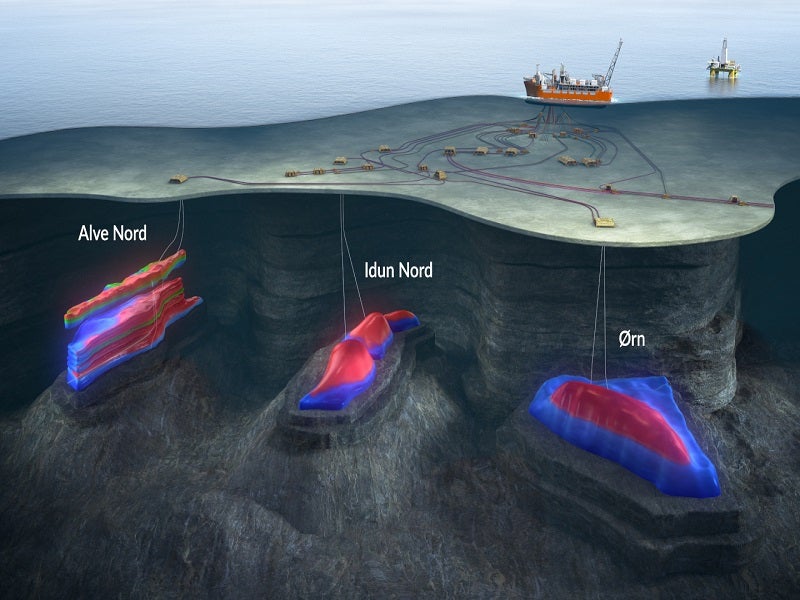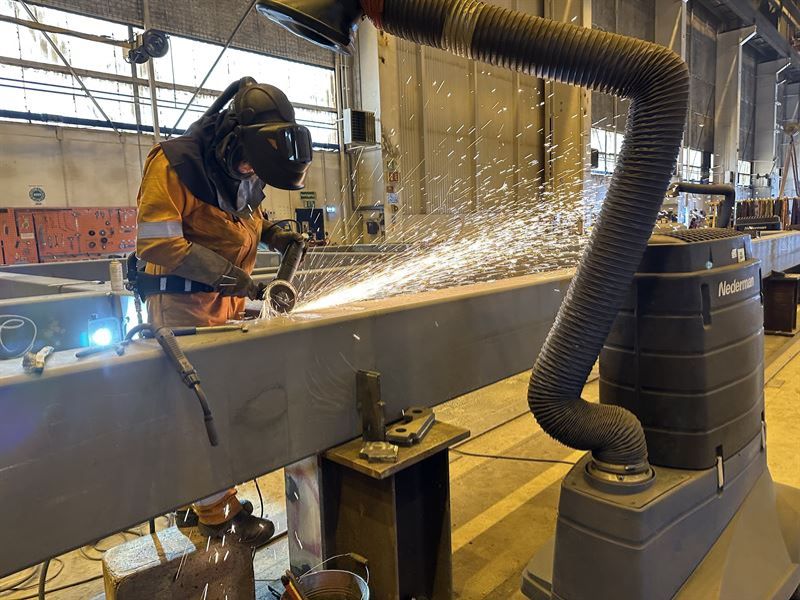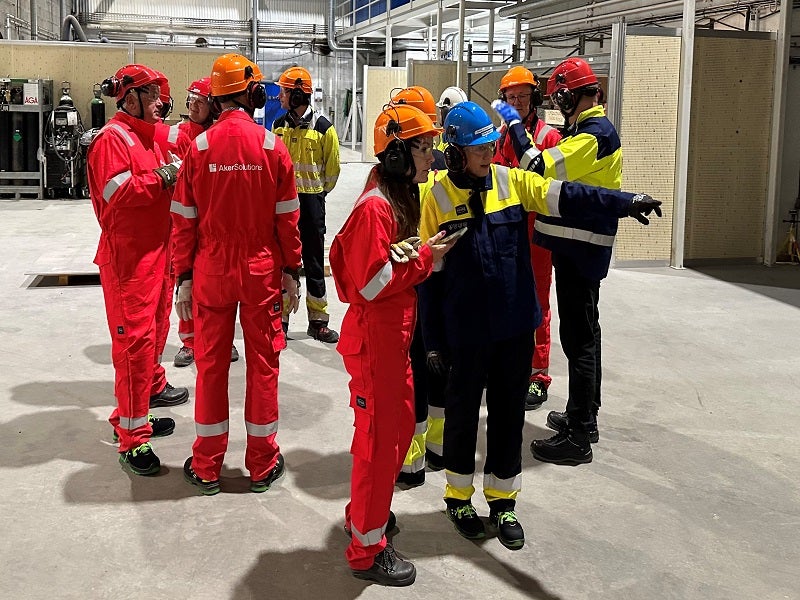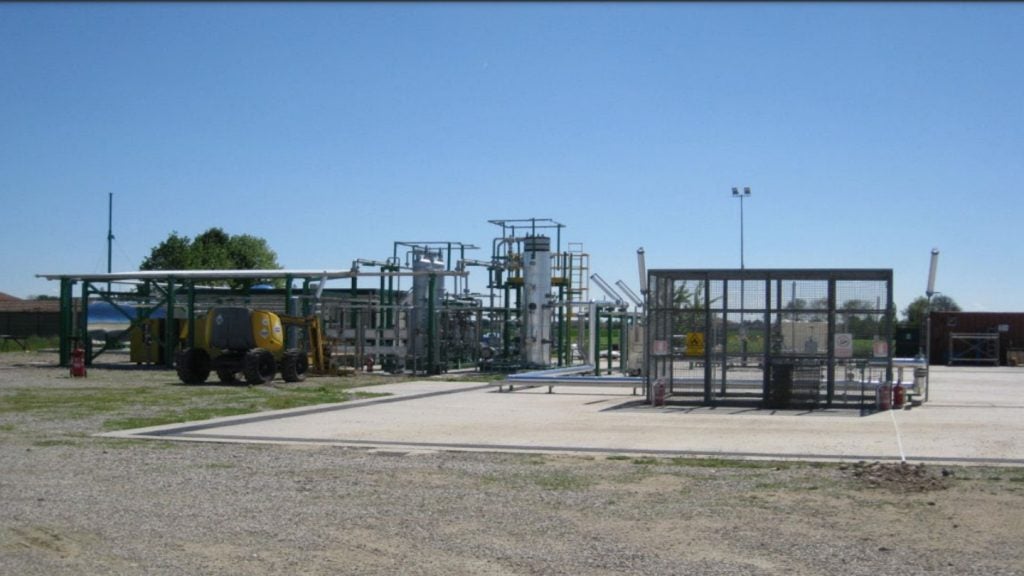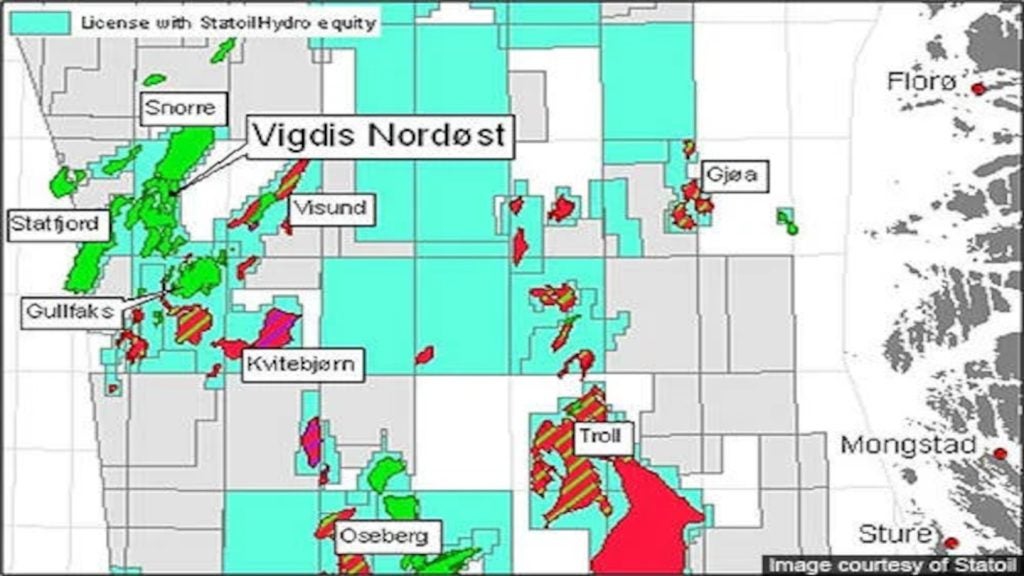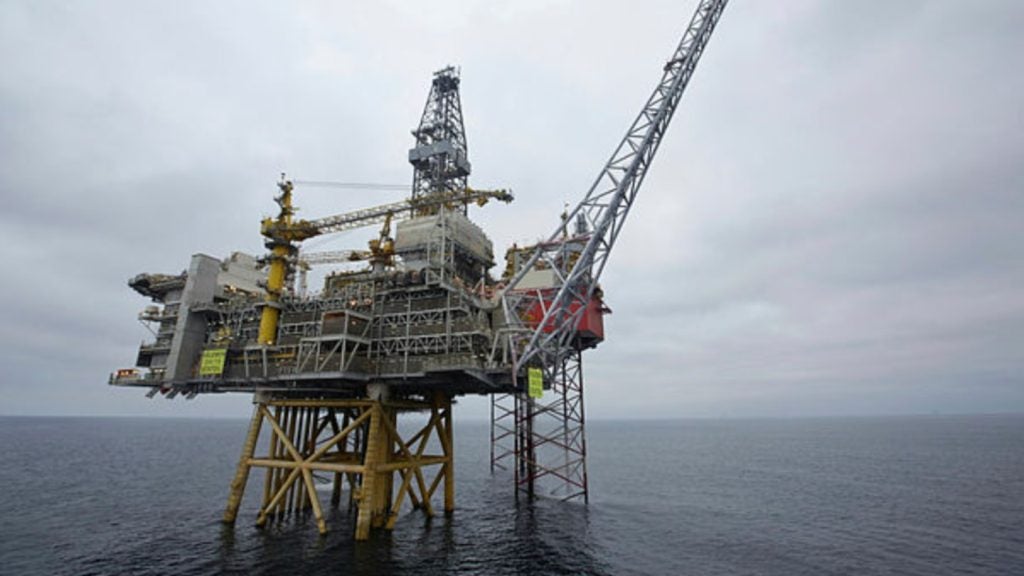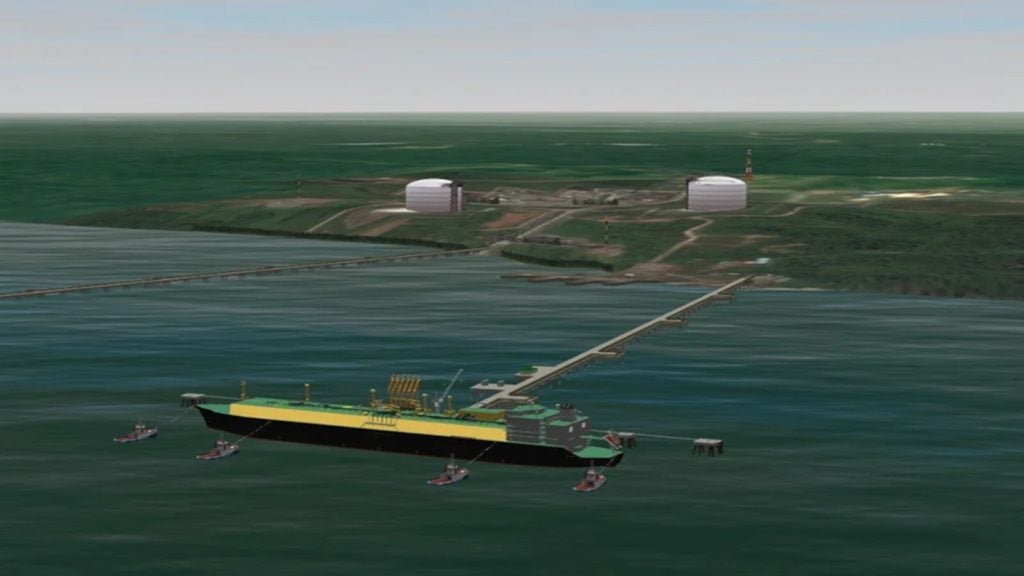The Skarv Satellite Project (SSP) includes the joint development of three discoveries, Alve Nord, Idun Nord and Orn, in the Skarv area of the North Sea, Norway. It is one of the largest developments in the North Sea.
Aker BP is developing the project along with its partners PGNiG, Wintershall Dea, and Equinor, and is the operator. The estimated investment in the project is Nkr17bn ($1.73bn).
The plan for development and operation (PDO) of the project was submitted to the Ministry of Petroleum and Energy (MPE) in December 2022 and the same was approved in June 2023. First production from the project is expected in Q3 2027.
The project will utilise undiscovered resources of the Skarv area and extend the life of the Skarv floating production, storage and offloading (FPSO) vessel. It will account for approximately 60% of Aker BP’s net production from the Skarv area for several years and have low CO₂ emissions of 4.5kg CO₂ per barrel.
Skarv Satellite area details
The SSP is being developed in the Skarv area located in the central part of the Norwegian Sea. Orn lies in the production licence (PL) 942 at a water depth of 380m and is situated 20km north-west of the Skarv field. Orn is jointly owned by PGNIG Upstream Norway (40%), Aker BP (30%) and Equinor (30%).
The Alve Nord field lies within PL 127 C at a water depth of 380m and is located 40km north-east of the Skarv field. It is owned by Aker BP (68%), Wintershall DEA (20%) and PGNIG Upstream Norway (11.9%).
Idun Nord lies within PL 159 D and is situated east of Skarv field at a water depth of 380m. Aker BP holds a 23.83% interest in the field while Wintershall DEA holds a 40% interest and Equinor holds the remaining 36.16%.
SSP discovery and reservoir details
Idun Nord was discovered in 2009 by the 6507/3-7 well while the Orn field was discovered in 2019 through the 6507/2-5 S well. The fields contain gas and condensate in the sandstone of the Middle Jurassic age in the Garn and Not Formations.
Alve Nord was discovered in 2011 by the 6607/12-2 S well. It contains oil and gas reservoirs in the Early Jurassic Bat Group and the Middle Jurassic Fangst Group. The gas condensate is held within the Lange Formation of the Late Cretaceous age.
The three fields are estimated to contain recoverable resources of 120 million barrels of oil equivalent (mboe).
Skarv Satellite Project details
The Skarv Satellite Project is being planned to be developed as a subsea tie-back to the Skarv FPSO, which will minimise the development cost by using common infrastructure. Each field will feature a subsea template with four slot templates and two wells tied back to the Skarv FPSO.
The subsea production system features seven standardised vertical subsea trees, topside control systems, three four-slot templates and manifolds, one cluster manifold, wellheads, and several tie-in and connection systems, including one dynamic and five static umbilicals with a total length of 60km.
The production from the three fields will be carried out through pressure depletion. The well stream will be transferred to the Skarv FPSO through a pipeline for further processing. The gas will be transported onshore to the Karsto gas and condensate plant on the west coast of Norway through an 800km-long pipeline.
Construction details of the Skarv Satellite Project
The construction phase will span between 2023 and 2025, which includes levelling the seabed for the installation and securing of pipelines and subsea equipment. It will include the laying of approximately 625,000t of gravel, which will be distributed over three campaigns.
Production work on the first of the three seabed installations of the project began in August 2023.
Drilling activities are expected to commence in 2025.
Skarv FPSO details
The SSP includes modifications to the Skarv FPSO to enable the tie-back and integration of the three fields with the existing infrastructure.
The Skarv FPSO is 295m long and 51m wide. The topsides of the FPSO weigh 18,000t, while the hull weighs 49,000t. The FPSO has a turret/mooring system weighing 7,000t and a storage capacity of 875,000 barrels.
It has an oil production capacity of 85,000 barrels per day (bpd) and gas production capacity of 19 million metric cubic metres per day (670Mmscf/d). It also has 100 single-bed cabins.
A number of fields and deposits are connected to the Skarv FPSO, including Skarv, Idun, Aerfugl (Ærfugl), and Grasel.
Contractors involved
Aker BP is executing the contracts for the project through a subsea alliance with Aker Solutions and Subsea 7, and a modification alliance with Aker Solutions.
Subsea 7 was awarded the subsea umbilical riser flowline (SURF) contract while Aker Solutions will provide the subsea production system, as part of the subsea alliance.
Aker Solutions, an energy technology company, will also provide modification services for the Skarv FPSO under the modification alliance.
Floatel International, a provider of offshore floatels, was contracted to provide modifications and maintenance services for the Skarv FPSO in April 2023.

